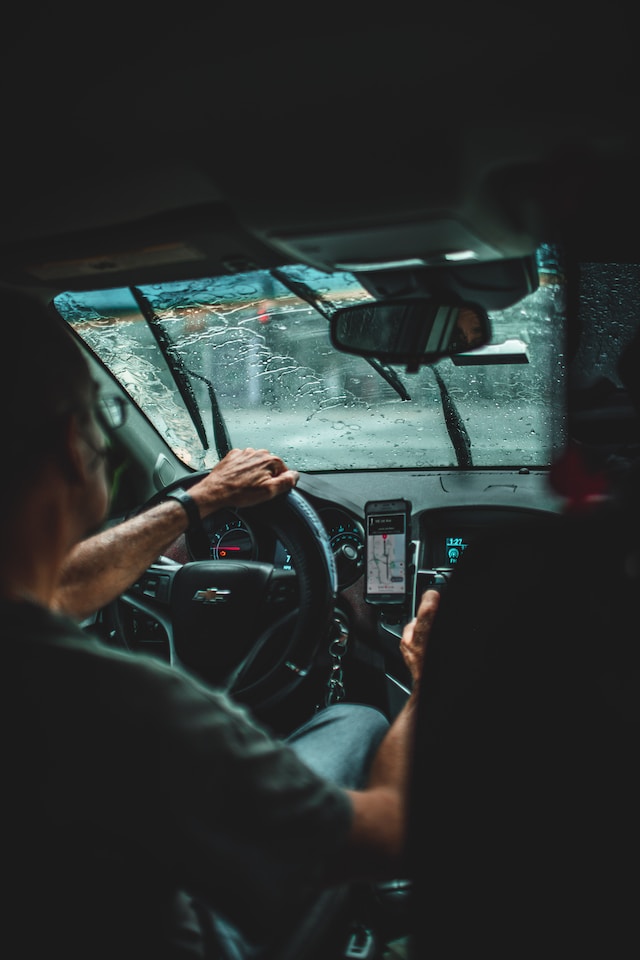All opinions are mine and mine alone.
Distracted Driving Prevention: A Leading Cause of Car Accidents
More people are on the road than ever before these days, and life marches on at a much faster pace than in the past. People have more on their minds, and they’re in more of a hurry to get everything done. On top of all that, technology has brought the entire world to our fingertips no matter where we are or what we’re doing.

All that has led to a significant increase in distractions for drivers and, by extension, an alarming surge in resulting accidents. Driver distractions can cause serious injuries, fatalities, and property damage. Being aware of distractions and being proactive in avoiding them can help reduce the number of accidents, injuries, deaths, and other problems they’re known to cause.
Looking at Common Driver Distractions
Numerous driver distractions have emerged. Obviously, passengers come into play here. Drivers often get wrapped up in conversations, conflicts, and other interactions with their passengers. When that happens, they forget to pay attention to the road and other drivers around them. That, alone, causes numerous accidents and leaves quite a few people looking for help from a car accident lawyer. That’s only one factor to consider, though.
- Mobile Devices – Texting, calling, and perusing social media while driving is a major source of distractions at this point. People sometimes pay more attention to their phones than the road.
- In-Vehicle Infotainment Systems – Today’s vehicles come with an array of technological features. Some are made for entertainment while others are designed for navigation. Modern vehicles are also equipped with a range of advanced safety features. All those features can distract drivers. In some cases, people become a bit too dependent on their driver-assist features as well, so they don’t keep their attention on their surroundings as much as they should.
- Eating and Drinking – Eating and drinking while driving can also be distracting. Reaching for items, opening drinks, unwrapping food, and dealing with spills all contribute to an increased risk of accidents.
In addition to all those internal distractions, external factors also enter the mix. Beautiful views, nearby accidents, billboards, interesting bumper stickers, and many other situations outside the vehicle can draw people’s attention away from the road. Getting distracted for even a couple of seconds can make the difference between having an accident and avoiding one.
Preventing Accidents Caused by Distractions
Driver distractions are a leading cause of accidents at this point. They’re also among the most avoidable. Educating drivers on all the dangers of distractions is one of the most effective ways to prevent accidents. Taking full advantage of hands-free calling features and voice-activated technology is also a great way to help keep driver’s eyes and minds on the road.
Of course, simply being mindful while driving can also keep the risks at a minimum. Drivers can pull over to eat or wait until they reach their destinations to enjoy meals and snacks. Avoid looking away from the road and other drivers when chatting with passengers. Place social media on a back burner while driving, and don’t let radio controls and other entertainment features take precedence. Keep in mind that even though driver-assist features can be helpful, it’s best not to rely too heavily on them.
Focusing on the Road to Prevent Accidents
Driver distractions are abundant these days, and they’re difficult to ignore. From phones and navigation systems to passengers and outside factors, it’s not easy to block out everything and focus solely on the road. Because of that, there has been a significant uptick in accidents over the last several years. Being aware of these distractions and taking measures to minimize their influence can help make the roads safer for everyone.



Speak Your Mind